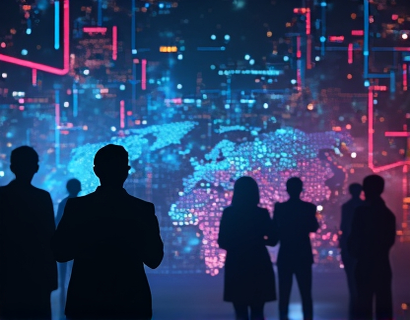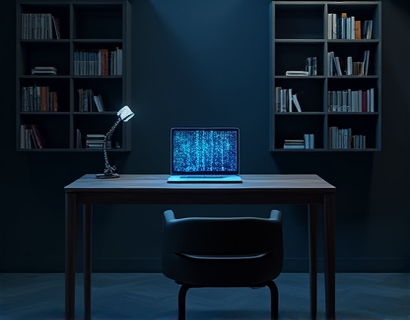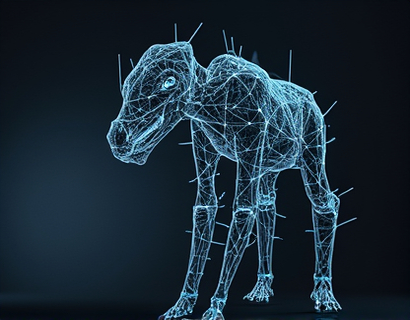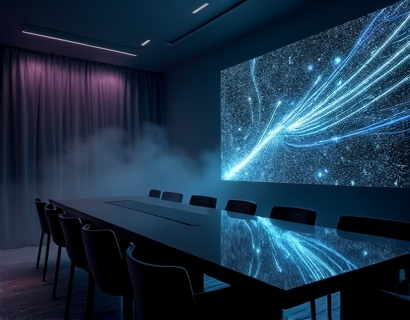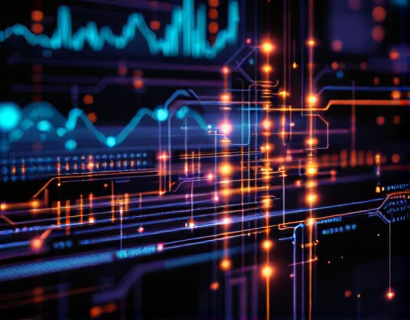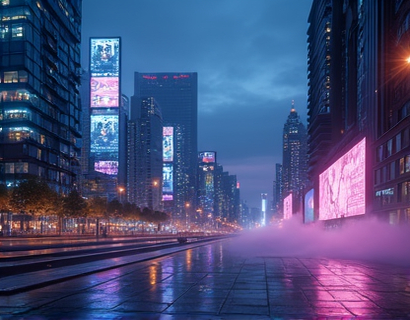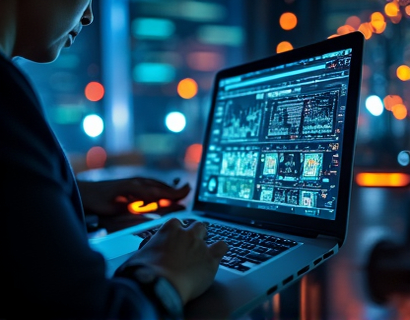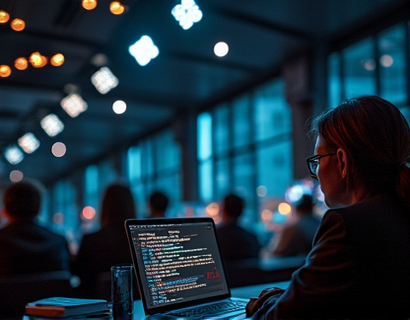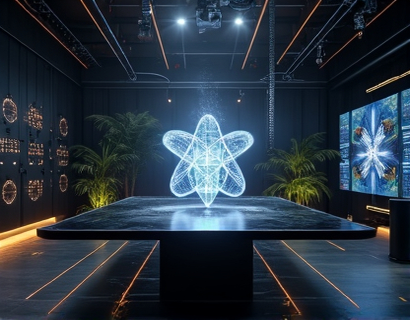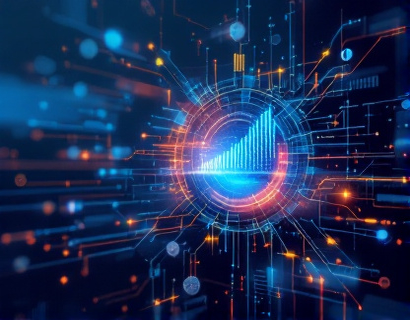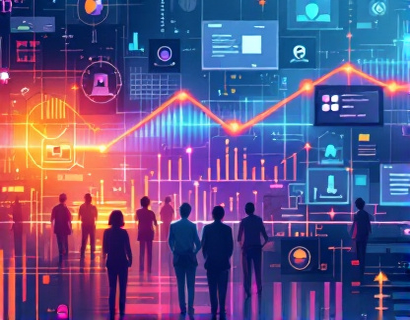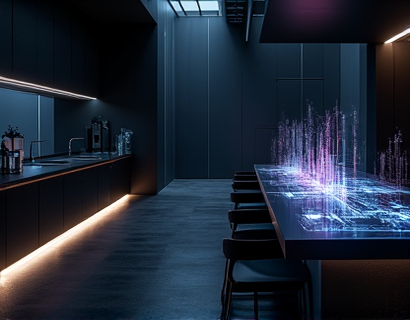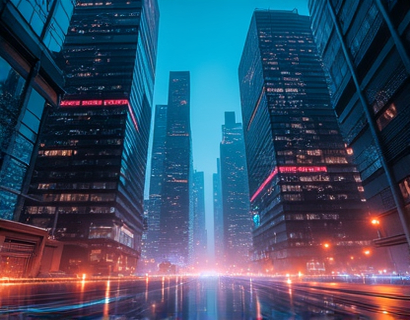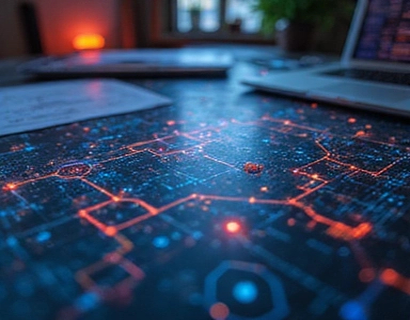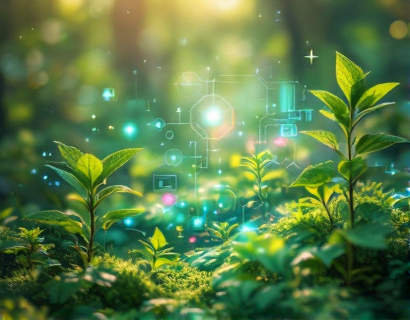Cutting-Edge AI Image Authentication: Verifying Authenticity in the Digital Age
The digital age has revolutionized the way we create, share, and consume visual content. However, this revolution has also brought forth significant challenges, particularly in verifying the authenticity of images. With the advent of advanced artificial intelligence, the creation and alteration of images have become increasingly sophisticated, making it difficult to discern what is real and what is fabricated. This has profound implications across various sectors, including digital media, content creation, brand management, security analysis, legal compliance, journalism, and education. The need for reliable methods to verify visual content has never been more critical, as the integrity of digital media is paramount to maintaining trust and credibility.
In response to these challenges, cutting-edge AI image authentication tools have emerged, designed to detect and verify the authenticity of images with unprecedented accuracy. These tools leverage the latest advancements in machine learning and computer vision to analyze images and determine whether they have been altered or generated by AI. This article delves into the intricacies of these technologies, exploring how they work, their applications, and the benefits they offer to professionals across diverse fields. By understanding these tools, stakeholders can better navigate the complexities of image manipulation and ensure the authenticity and integrity of digital media.
Understanding AI-Generated and Altered Images
AI-generated images, also known as deepfakes or synthetic images, are created using neural networks that can generate highly realistic images based on patterns learned from large datasets. These images can be used for various purposes, from entertainment to malicious activities such as spreading misinformation. Similarly, altered images are those that have been manipulated using software tools to change their content, often to mislead or deceive viewers. The proliferation of these images poses significant risks, including the erosion of trust in digital media, legal issues, and reputational damage for individuals and brands.
The ability to detect and verify the authenticity of images is crucial in mitigating these risks. Traditional methods, such as visual inspection and metadata analysis, have proven insufficient against sophisticated alterations. This is where advanced AI image authentication tools come into play, offering a robust solution to this growing problem.
How AI Image Authentication Works
AI image authentication tools employ a combination of machine learning algorithms and computer vision techniques to analyze images at a granular level. These tools can be broadly categorized into two types: detection and verification.
Detection algorithms are designed to identify whether an image has been altered or generated by AI. These algorithms analyze various features of the image, such as texture, color consistency, and geometric patterns, to detect anomalies that indicate manipulation. For instance, AI-generated images often exhibit inconsistencies in lighting, shadows, and reflections, which can be flagged by these algorithms.
Verification algorithms take a more comprehensive approach by not only detecting alterations but also confirming the authenticity of an image against a database of known genuine images. This process involves comparing the image in question with a reference library of verified images, using techniques such as feature matching and pattern recognition. If the image matches a verified reference, it is deemed authentic; otherwise, it is flagged as potentially altered or AI-generated.
These algorithms are trained on vast datasets that include both genuine and manipulated images, allowing them to learn and improve over time. The more data they process, the more accurate and reliable they become in identifying subtle signs of manipulation.
Applications Across Various Fields
The applications of AI image authentication tools are vast and varied, benefiting professionals in multiple sectors.
Digital Media and Content Creation
In the digital media and content creation industry, ensuring the authenticity of visual content is essential for maintaining audience trust and credibility. AI image authentication tools help content creators verify the origin and integrity of images and videos, preventing the spread of fake content and protecting their brand reputation. For example, news organizations can use these tools to authenticate the images accompanying their articles, ensuring that viewers receive accurate and trustworthy information.
Brand Management
Brands are increasingly vulnerable to reputational damage caused by manipulated images, especially in the age of social media. AI image authentication tools provide brands with a powerful means to monitor and verify the authenticity of visual content associated with them. By detecting altered or AI-generated images, brands can take swift action to address any issues, mitigate damage, and maintain consumer trust.
Additionally, these tools can be integrated into brand monitoring systems to alert companies in real-time when suspicious images circulate online, enabling proactive management of brand reputation.
Security Analysis
In the realm of security analysis, the ability to verify the authenticity of images is critical for forensic investigations and intelligence operations. AI image authentication tools can assist security analysts in identifying manipulated images used in cybercrimes, espionage, or terrorist activities. By accurately detecting alterations, these tools help in piecing together evidence and uncovering the truth behind visual evidence.
Moreover, these tools can be used to verify the authenticity of documents and images used in security clearances and background checks, enhancing the overall security framework.
Legal Compliance
Legal professionals and compliance teams face significant challenges in ensuring that visual evidence presented in court or in regulatory filings is authentic. AI image authentication tools provide a reliable means to verify the integrity of images used in legal proceedings, reducing the risk of admitting manipulated evidence. This not only upholds the integrity of the legal process but also protects the interests of all parties involved.
These tools can be integrated into legal workflows to automatically flag and review images for authenticity, streamlining the compliance process and ensuring adherence to legal standards.
Journalism
Journalists rely heavily on visual evidence to tell stories and inform the public. However, the ease with which images can be altered poses a significant threat to journalistic integrity. AI image authentication tools empower journalists to verify the authenticity of images before publication, ensuring that their reports are based on reliable evidence.
These tools can help journalists detect deepfakes and manipulated images, preventing the spread of misinformation and maintaining the credibility of their work. By integrating these tools into their workflow, journalists can uphold the highest standards of accuracy and trustworthiness in their reporting.
Education
In the educational sector, AI image authentication tools can be used to teach students about media literacy and the importance of verifying visual content. Educators can utilize these tools to demonstrate how images can be manipulated and to train students in critical thinking and digital literacy.
Additionally, these tools can be used to authenticate images used in educational materials, ensuring that students are learning from accurate and trustworthy sources. This is particularly important in subjects such as history, where the authenticity of visual evidence is crucial for accurate understanding and analysis.
Benefits of AI Image Authentication Tools
The adoption of AI image authentication tools offers numerous benefits across various fields.
Firstly, these tools enhance trust and credibility by ensuring that visual content is authentic and reliable. In an era where misinformation can spread rapidly, the ability to verify the authenticity of images is invaluable.
Secondly, these tools improve decision-making processes by providing accurate and trustworthy visual evidence. Professionals can make informed decisions based on verified images, reducing the risk of errors and misinterpretations.
Thirdly, AI image authentication tools help protect brands and individuals from reputational damage caused by manipulated images. By detecting and addressing issues proactively, these tools enable swift action to maintain a positive public image.
Lastly, these tools streamline workflows and enhance efficiency by automating the verification process. This saves time and resources, allowing professionals to focus on their core tasks while ensuring the integrity of their visual content.
Challenges and Considerations
While AI image authentication tools offer significant advantages, there are also challenges and considerations to keep in mind.
One challenge is the evolving nature of image manipulation techniques. As AI technology advances, so do the methods used to create and alter images. To stay effective, authentication tools must continuously update their algorithms and training data to counter new manipulation techniques.
Another consideration is the potential for false positives and negatives. While AI algorithms are highly accurate, they are not infallible. False positives can lead to unnecessary investigations, while false negatives can result in accepting manipulated images. Balancing sensitivity and specificity is crucial to minimize these errors.
Privacy concerns also arise, particularly when dealing with sensitive or personal images. It is essential to ensure that authentication processes respect privacy rights and comply with data protection regulations.
Future Trends and Innovations
The field of AI image authentication is rapidly evolving, with ongoing research and development aimed at enhancing the capabilities of these tools.
One promising area is the integration of multi-modal analysis, where tools analyze not only images but also associated metadata, such as timestamps, location data, and device information. This holistic approach can significantly improve the accuracy of authentication.
Another trend is the development of user-friendly interfaces and integration with existing platforms, making these tools more accessible to a broader range of users. As the technology becomes more user-friendly, adoption across various industries is likely to increase.
Furthermore, the incorporation of blockchain technology could provide an additional layer of security and transparency, ensuring that the authenticity of images is verifiable and tamper-proof.
Conclusion
The rise of AI-generated and altered images presents significant challenges in the digital age, but cutting-edge AI image authentication tools offer a powerful solution. These tools empower professionals across diverse fields to verify the authenticity of visual content, ensuring trust, integrity, and accuracy in digital media. By embracing these technologies, stakeholders can navigate the complexities of image manipulation with confidence, protecting their brands and enhancing informed decision-making. As the technology continues to evolve, the future of visual content verification looks promising, paving the way for a more trustworthy digital landscape.



